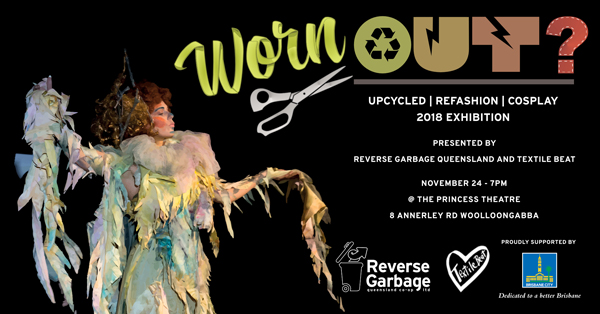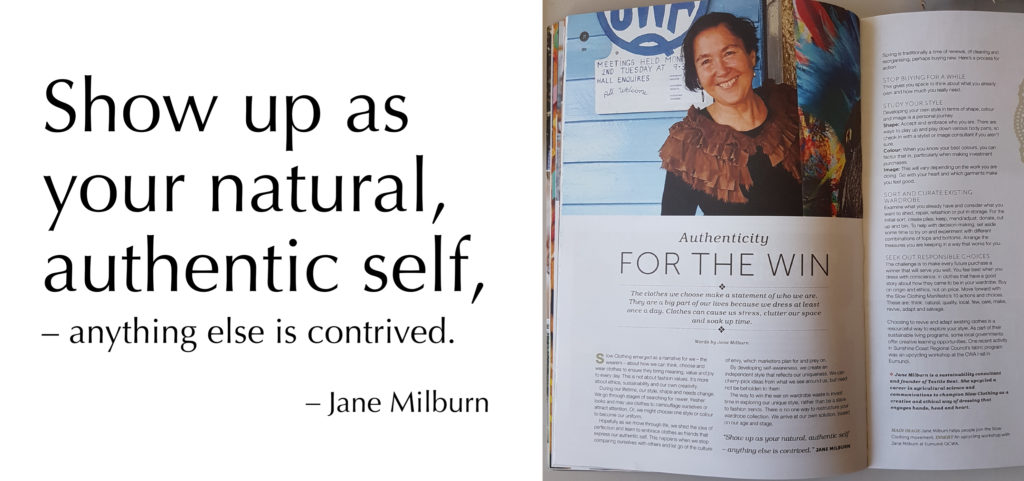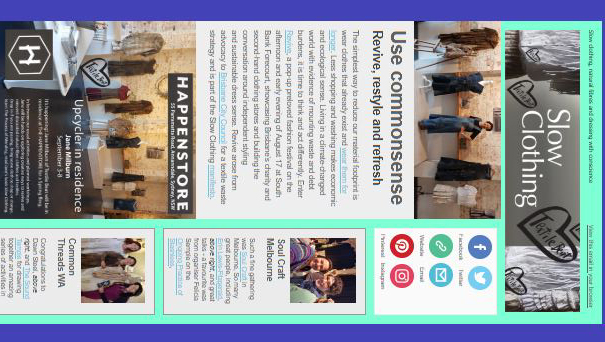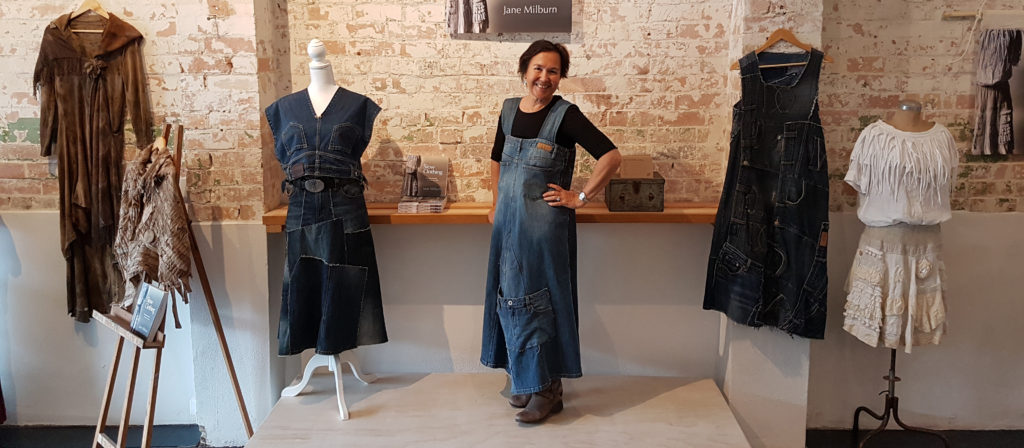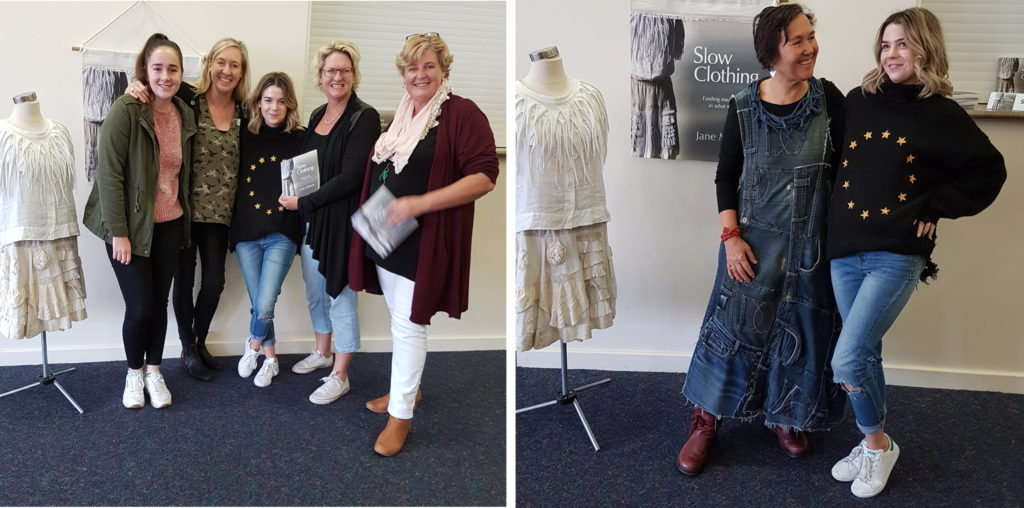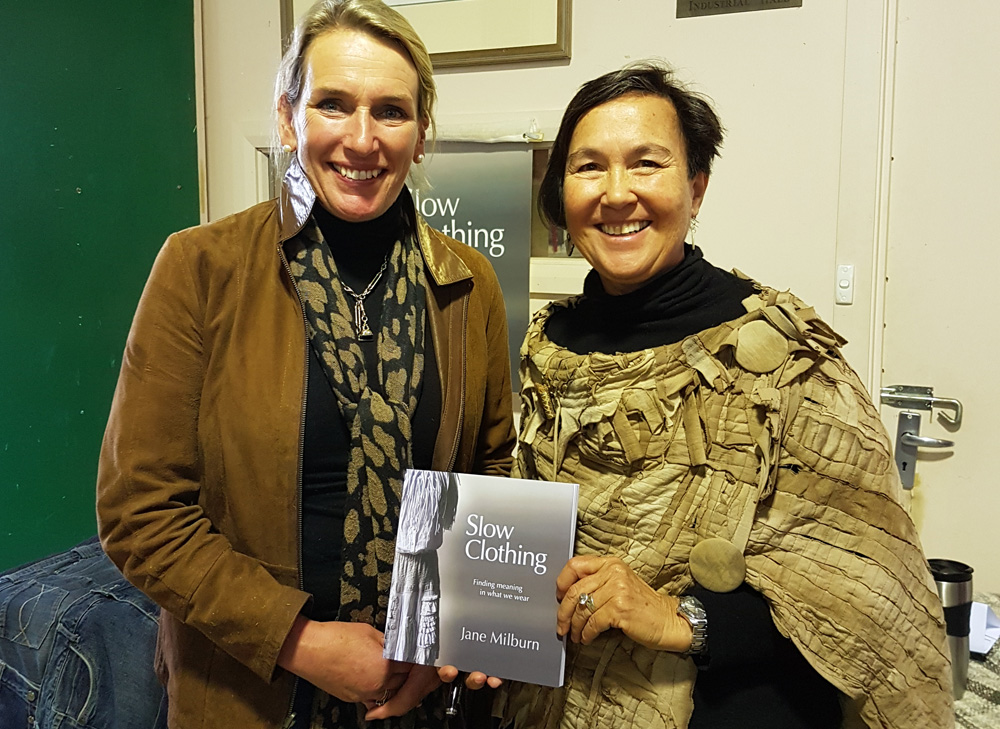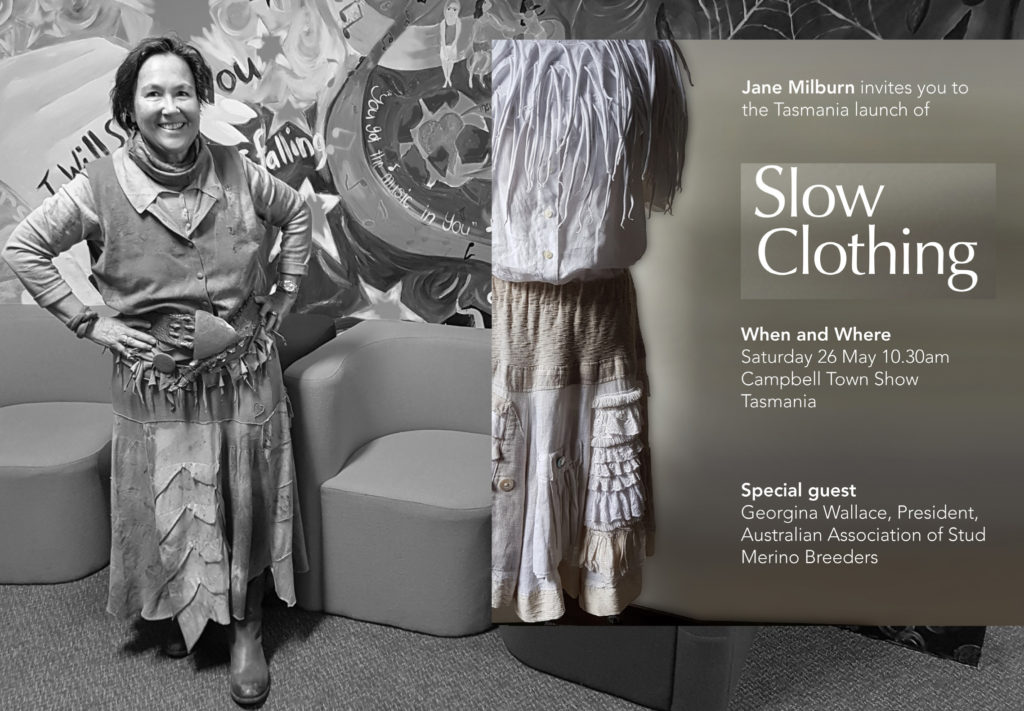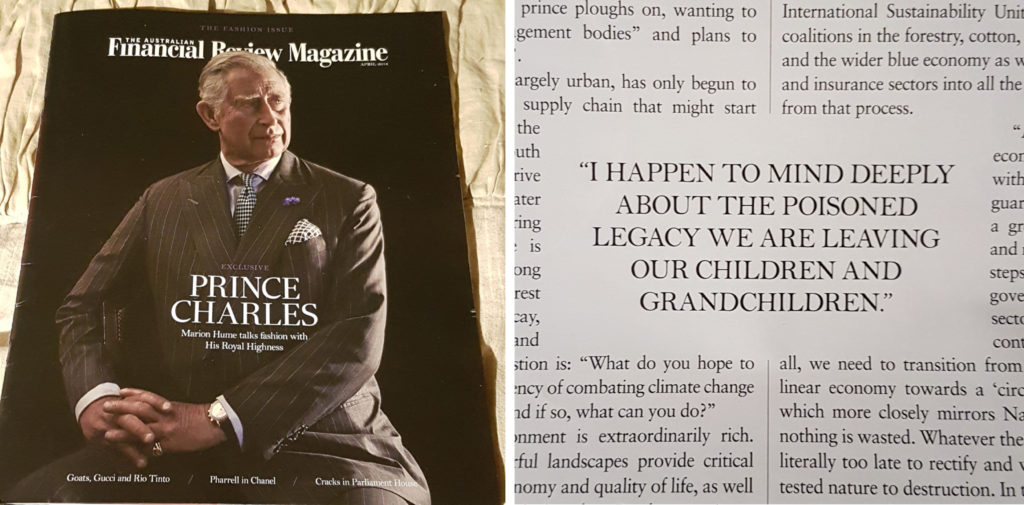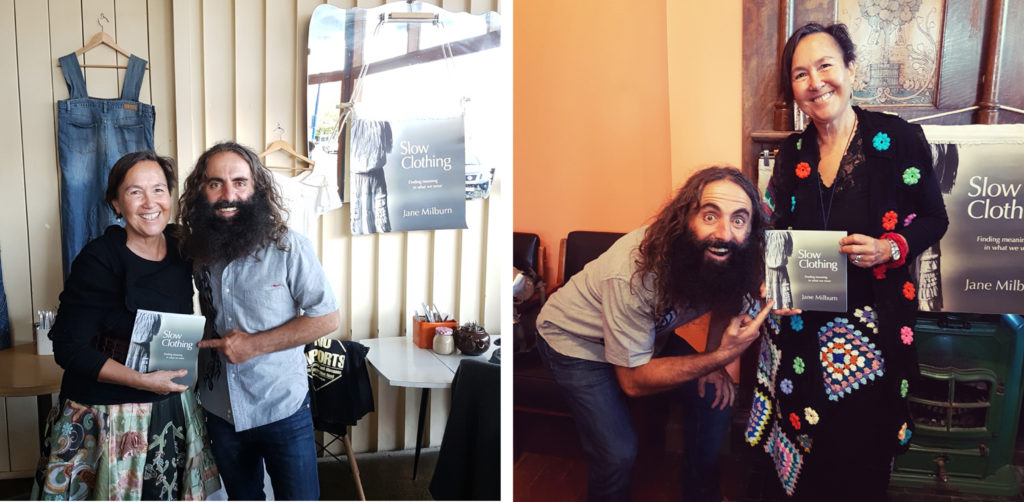The burying and burning secrets are out. A culture shift is happening as individuals and groups respond in various ways to reducing fashion waste and creating a more sustainable clothing culture. We all have capacity to change and influence behaviours when we believe in something and are comfortable to defy convention and conditioning.
Evidence continues to mount that we are overusing resources, indulging in wasteful consumption, polluting our atmosphere and oceans with CO2 and plastic. As individuals we can influence change through more responsible purchasing decisions, while we wait (sometimes in vain) for national governments to adopt sensible policy.

